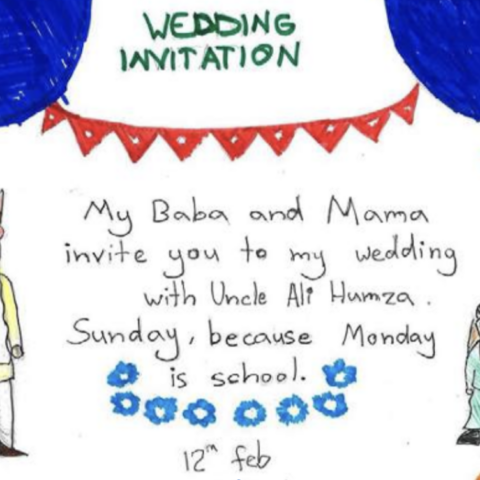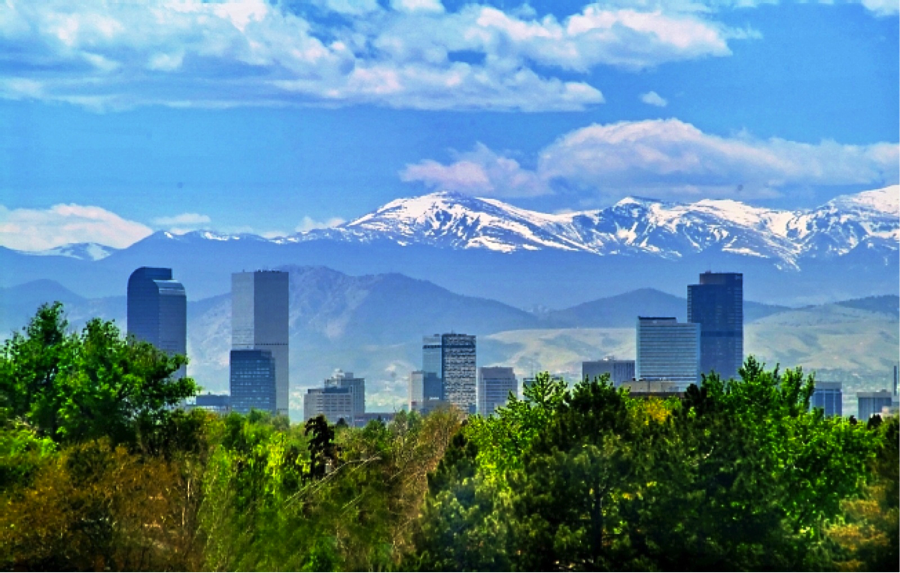By: Lauren Anderson
While this past calendar year has seen its share of government overthrows stemming from the Arab Spring, the ousting of President Amadou Toumani Toure of Mali last month nevertheless came as a complete surprise. Following a 1991 coup (led by Toure himself) and subsequent constitutional reforms allowing for multiparty elections, this bow tie-shaped West African country has since managed to uphold a relatively peaceful political climate in spite of its violent post-colonial past and status as one of the world’s poorest countries.
But in the span of a few hours, this era abruptly ended. Junior Malian military officers quickly overtook Toure’s government infrastructures, including the national television and radio station, and proclaimed the suspension of inter and intra-state travel and the enforcement of a statewide curfew. According to Human Rights Watch, some officers also began looting the presidential palace, shops and gas stations in the capital of Bamako, shooting indiscriminately and killing several civilians. As of Friday, however, the junta command announced plans for a cooperative transition back to popular rule under new elections. In a plot of seemingly never-ending twists and turns, what is most perplexing is the origins of the coup itself. The international community has become increasingly accustomed to scenes of rebellions and protests taking place in the authoritarian regimes of Egypt and Syria, but Toure was democratically elected to the Malian presidency in 2002 and 2007, and the current military government has explicitly denied intentions to stay in power unlawfully.
So if calls for democracy aren’t at the heart of the governmental shakeup in Mali, what’s really going on here? Publicly, the coup leadership has stated its dissatisfaction with the Toure government’s handling of the Tuareg rebellion in Northern Mali as the primary reason behind the takeover, citing Toure’s perceived inability to properly equip and prepare Malian troops for intense firefight engagements with the rebels. Indeed, within the brief period between the March 21st coup and this writing, the Tuareg National Movement for the Liberation of Azawad (MNLA) has managed to secure numerous national military bases and has officially declared the Northern-controlled territories of Mali (the right side of the bow tie) as the independent state of Azawad. In further legitimizing their claims, the Malian military also contends that the MNLA possesses ties with North African strings of Al-Qaeda, an assertion the MNLA denies but that which invites potential external involvement in the conflict, particularly from the U.S.
African Dirty Wars: A Growing Continental Concern
It will take time before the long-term implications of the Malian coup are truly realized, but it is possible that recent events could usher in a new, and unfortunately elevated phase in the military’s campaign against the MNLA. Such an outcome would consequently place Mali in the same boat as other countries on the continent experiencing violent counter-insurgency wars, including Uganda, the Democratic Republic of the Congo, Rwanda and Kenya. The African dirty war, a conflict waged by a state’s secret police or military against an insurgency and characterized by excessive civilian causalities and displacement, is a term that profoundly encapsulates the way life is lived and lost in these places of gritty and pervasive violence. Moreover, in light of the United States’s present War on Terror, African governments have sought to exploit Western fears of Islamic fundamentalism and Al-Qaeda expansion by framing their own counterinsurgency missions as regional battles within the broader global initiative to combat terrorism. Yet this simplistic and often misleading discourse largely distorts the reality of the circumstances that have initiated and continue to perpetuate state-rebel violence throughout the continent, adding further credibility to any counterinsurgency missions committed by the state and undermining competing narratives all together.
The widespread violence, rape and murder that has accompanied the militia-state conflicts within and around the Democratic Republic of the Congo, Uganda and Rwanda demonstrate this phenomenon disturbingly well. In the popular media coverage of these wars, the driving force behind the bloodshed is the competition between terrorist-like militias for access to lucrative mineral reserves, particularly in the Eastern Congo. As the story goes, the groups have long vied for the upper hand in dealing minerals like gold and coltan for profit, funds that fuel the influx of small-arm weapons in the region and that, therefore, continue the cycle of violence. But while conflict minerals play an essential part in incentivizing war, the riches of their exploitation and the perceivable actors involved are not the sole culprits in the crisis. In fact, all three governments of the DRC, Uganda and Rwanda have sought to align themselves with various militia groups throughout the region’s almost twenty years of war, supporting the rebel movements of each other’s countries with the intent of gaining economically and politically from the chaos. Yet the official discourses frame the conflicts as matters of national security, thus enabling the principle of sovereign state behavior to mask duplicitous policies of fighting “just wars” against “terrorists” while simultaneously reaping the benefits from secured natural resources.
And these strategies operate outside of the mineral-rich Eastern Congo as well. Portrayed by the Ugandan government as a hyper-religious, ethnic terrorist group, the Lord’s Resistance Army (LRA) has longed held that it represents the political interests of Ugandans on the periphery of the country’s recent economic development, citizens of Acholi ethnicity in particular who have not been given increased access to basic infrastructure services, healthcare and education. Whatever legitimate claims the LRA has made, however, have been purposely discredited by the government, despite the fact that most Ugandans themselves consider the government at least equally if not more responsible for the country’s societal turmoil. As a sad corollary of this one-sided dialogue, a Ugandan today is substantially more likely to die as a result of government civilian-control policies in an internally-displaced persons camp due to unsanitary and deleterious conditions than from direct armed violence at the hands of the LRA.
Containing Terrorism and U.S. Militarism in Africa
Following 9/11, the Bush Administration radically altered the style of contemporary U.S. foreign policy by preemptively launching what would become a disastrous and drawn-out occupation of Iraq. However, while few can discount the negative impact the Iraq War has had on American international prestige, the Bush Administration’s so-called “Re-engagement with Africa” has been almost universally lauded by both Democrats and Republicans alike. At the core of this re-engagement was the establishment of the United States Africa Command (AFRICOM), a body that coordinates American military relations with some 53 African countries. In its inception, AFRICOM was touted as a way for the U.S. to assist in the stability of the African continent, an increasing concern considering the potential ease of terrorist networks to institute operational bases in weak African states. As an indicator of this support, the Obama Administration has increased funds for U.S. military training operations and counter-terrorism initiatives in Africa by as much as 300% from the Bush years, and the trend only appears to sloping upwards.
But given what is known (or perhaps ignored) about contemporary African conflicts, is further militarism really the answer for addressing continental security threats? No matter what the contending issues or alleged inter-ethnic hostilities, the underlying factors compelling most African conflicts remain tied to a lack of general human security, and a deficit or the complete nonexistence in some places of clean water, healthcare and infrastructure. To solve these critical problems, a country does not need more weapons but more development programs that are grounded in good governance structures devoid of conditional international influences. Ultimately, American foreign policy in Africa as it is presently evolving eerily resembles the Cold War containment strategies utilized to undermine perceived communist threats in Latin America, Asia and even post-colonial Africa. The problem now, unfortunately, is that oppressive and authoritarian African regimes understand the U.S.’s fear of global terrorism, and it is a fear they are all too able and willing to exploit for their own political objectives.

